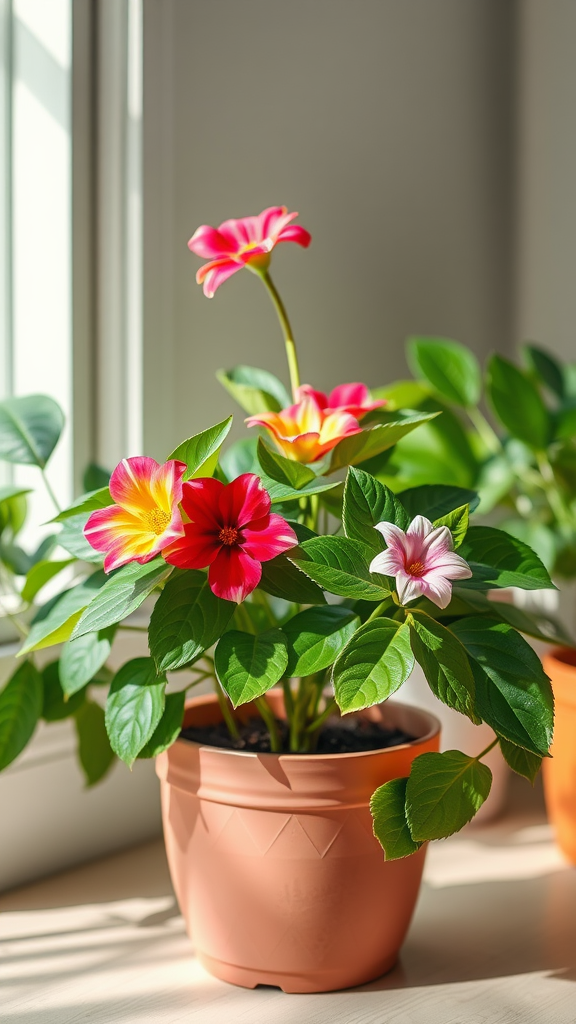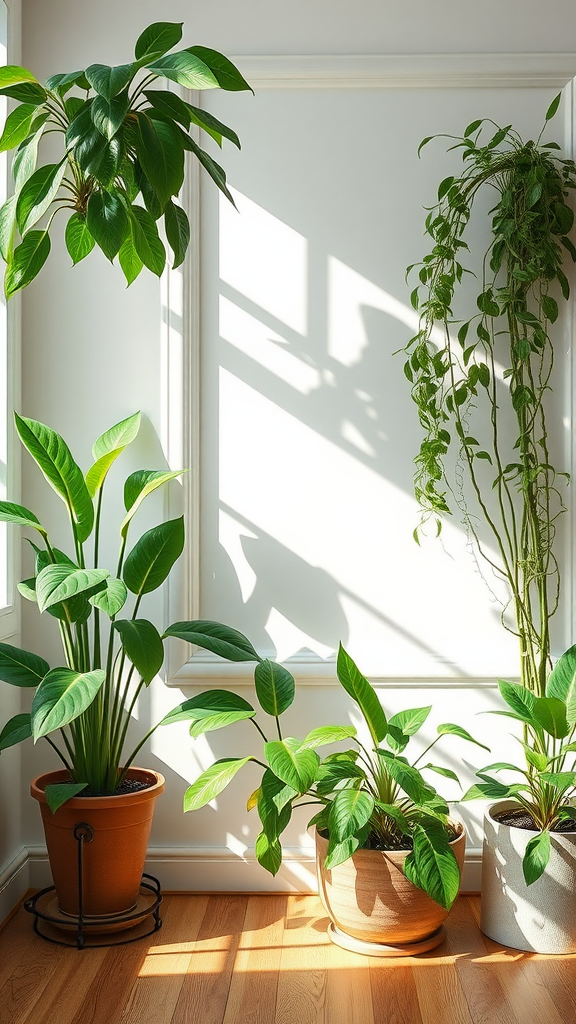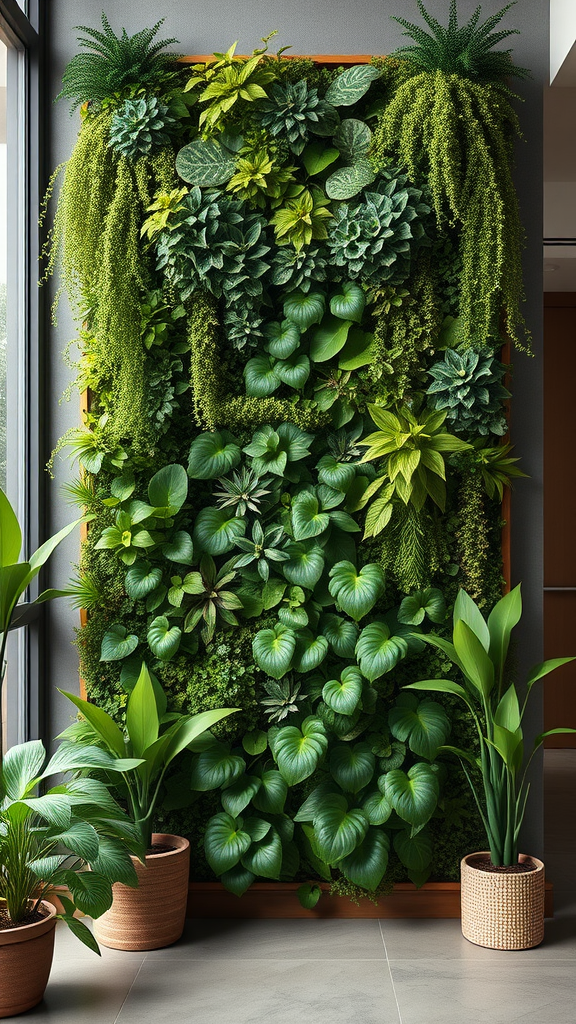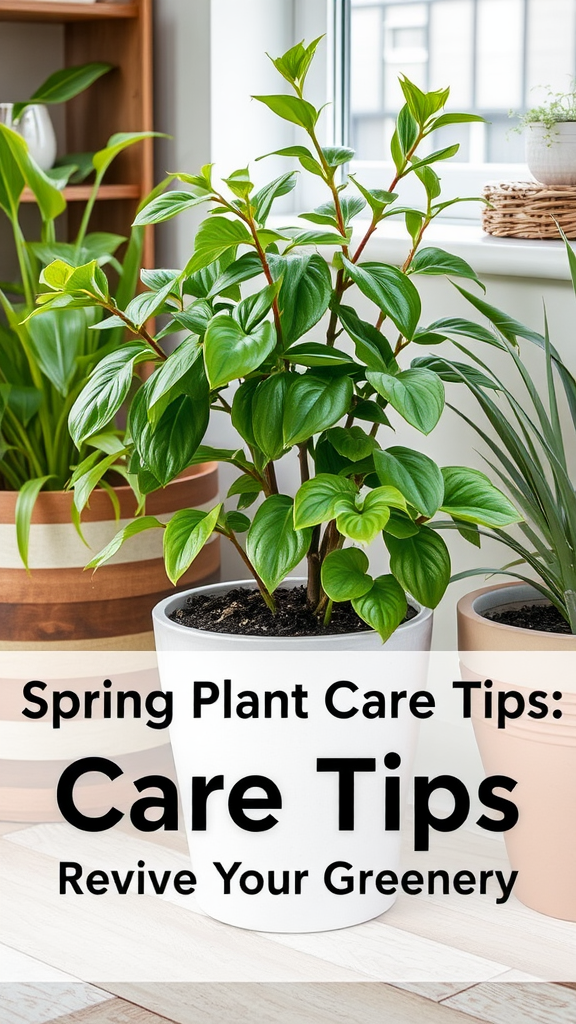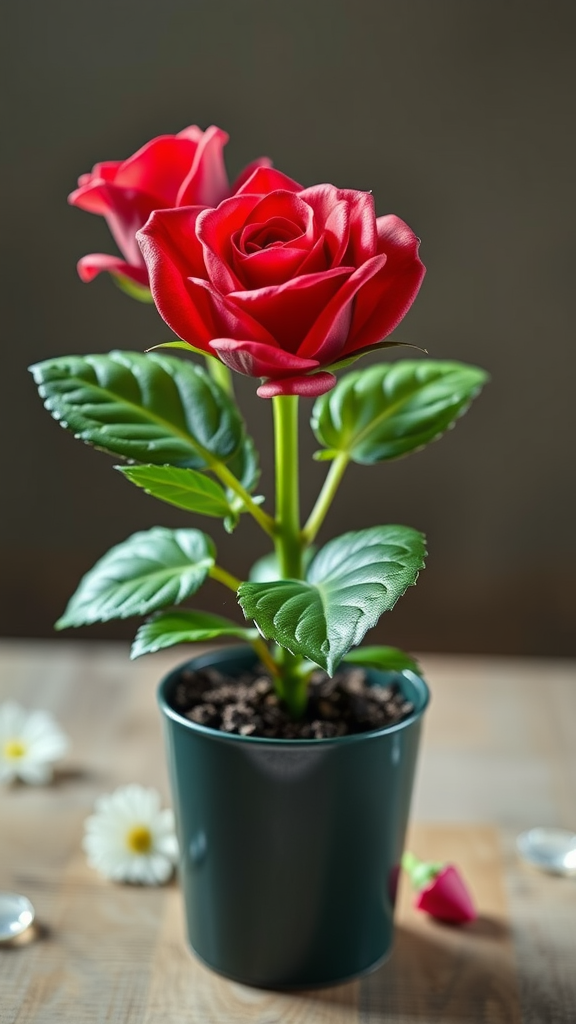The Top 10 Indoor Plants That Bloom Year-Round for Adding Color to Your Home
If you want to brighten your home with a splash of color and life, indoor plants that bloom year-round are the perfect solution. Not only do these plants contribute to a cheerful atmosphere, but they also help purify the air. From vibrant flowers to delicious scents, here are ten amazing indoor plants that will add color to your living space throughout the year.
1. African Violet
The African violet is a beloved houseplant known for its charming blossoms. Available in shades of purple, pink, and white, these flowers bloom consistently with proper care. They thrive in bright, indirect sunlight and prefer a humid environment, making them ideal for homes in warmer climates. Keep the soil moist but not soggy for optimal blooming.
2. Peace Lily
Peace lilies are popular not just for their lush green leaves but also for their stunning white blooms. This plant thrives in low light and only requires watering when the soil feels dry. Peace lilies are not just beautiful; they can also improve air quality, making them a terrific choice for your home.
3. Bromeliad
The Bromeliad is a striking plant that can bloom for several months at a time, producing colorful flowers in shades of red, orange, and pink. Odorless and easy to care for, they prefer bright light but can also adapt to lower light levels. Plus, they don’t need much water, making them a low-maintenance option.
4. Orchid
Orchids are the epitome of elegance. With their exotic blooms, they can brighten any room. While they require specific care, including proper humidity and temperature, their stunning flowers make all the effort worthwhile. Different varieties bloom at different times, meaning you could have orchids blooming throughout the year if you select a few types.
5. Kalanchoe
Kalanchoe is a succulent type that produces clusters of small, vibrant flowers. These hardy plants thrive in bright sunlight and require minimal water. They come in various colors, including red, yellow, and pink, and can bloom multiple times a year, adding fantastic color to your home without fuss.
6. Christmas Cactus
Don’t let the name fool you! The Christmas cactus can bloom generously throughout the winter holiday season and even offer flowers during other seasons. With bright pink or red blooms, it’s the perfect indoor plant to celebrate the festivities and bring cheer to your home. Just ensure it gets some indirect light and avoid over-watering.
7. Geraniums
Indoor geraniums can bloom almost year-round, offering vibrant flowers in a variety of shades. They prefer a sunny spot and require regular deadheading to encourage more blooms. Their lovely fragrance and colorful petals make geraniums a delightful addition to any indoor garden.
8. Cyclamen
Cyclamens are unique indoor plants known for their heart-shaped leaves and charming flowers. The blooms start in late autumn and continue through the spring. They prefer cooler temperatures and indirect light, making them excellent indoor companions in cooler climates.
9. Stevia
While mainly known for its sweetening powers, stevia also produces small white flowers. This herb thrives in bright light and is low maintenance. As a bonus, you can use the leaves to sweeten food naturally, adding some versatility to your indoor garden!
10. Lobelia
Lobelia is a beautiful flowering plant that can flourish indoors. Its cascading habit and vibrant blue flowers make it a decorative choice for hanging baskets or window sills. It enjoys bright locations and regular watering, contributing both beauty and freshness to your indoor space.
By incorporating these ten plants into your home, you can enjoy the beauty and color they offer all year long. Whether you’re looking for low-maintenance options or something more exotic, there’s an indoor bloom for everyone. Enjoy the vibrant energy these plants bring, and create a welcoming oasis filled with life and color.
Tips for Caring for Indoor Blooming Plants Throughout the Seasons
Indoor blooming plants can bring color and joy to your home all year round. However, caring for them through the changing seasons requires some knowledge and attention. Here are practical tips to help you thrive while nurturing these beautiful plants, ensuring they stay healthy, vibrant, and blooming.
Understand Seasonal Changes
Each season brings different challenges and opportunities for your indoor plants. Understanding these can help you adjust your care routine:
- Winter: Reduced sunlight and colder temperatures mean many plants go dormant. During this time, water less frequently.
- Spring: With increased daylight, most plants enter their active growth phase, requiring more water and nutrients.
- Summer: High temperatures can cause plants to dry out quickly. Ensure you monitor soil moisture diligently, and consider misting to increase humidity.
- Fall: As daylight decreases, some plants may need to be readjusted or relocated to continue thriving.
Provide the Right Amount of Light
Light is one of the most crucial factors in plant health. Different plants have varying light requirements:
- Bright, direct light: Plants like succulents and cacti thrive in bright conditions.
- Indirect light: Peace lilies and orchids prefer bright, but indirect sunlight. Position them near a window where sunlight is filtered.
- Low light: If you have limited light, look for plants like the snake plant or ZZ plant. They can survive with minimal light.
Ensure to rotate your plants regularly to prevent uneven growth. This will ensure every side gets an equal amount of light.
Water Properly
Overwatering is a common mistake among indoor plant owners. Each plant has specific watering needs:
- Check moisture: Always check the top inch of the soil before watering.
- Plan your schedules: In winter, many plants need only weekly watering, while spring and summer might require bi-weekly or more frequent watering.
- Drainage is key: Ensure your pots have drainage holes to avoid root rot.
Feed Your Plants
Providing adequate nutrients is crucial for blooming plants, especially during the growing season.
- Use a balanced fertilizer: Choose a liquid fertilizer that is suitable for indoor plants. Follow the package instructions to avoid over-fertilization.
- Feed during growth: Apply fertilizer every month in the spring and summer. Cut back during the fall and winter when most plants are not actively growing.
Humidity Matters
Indoor air can get quite dry, especially in winter. Many blooming plants thrive in humid conditions. Here are ways to boost humidity for your indoor plants:
- Mist regularly: Lightly mist plants with water every few days, especially in dry months.
- Group plants together: This can create a microenvironment of higher humidity.
- Use a pebble tray: Place a tray filled with pebbles and water below your plants. As the water evaporates, it will increase humidity around the plant.
Pruning and Deadheading
Regular maintenance keeps your plants healthy and encourages blooming:
- Remove dead leaves: Trim away yellowing or dead leaves to encourage new growth.
- Deadhead blooms: Removing spent flowers can promote more blooms and keep the plant looking fresh.
- Shape your plants: Lightly prune to maintain shape, coaxing bushier growth from some plants.
Pest Management
Regularly check your plants for pests, including aphids, spider mites, and mealybugs. If you encounter pests, consider:
- Natural remedies: Use a mild soap or neem oil spray to treat infestations.
- Isolation: If you find a plant with pests, isolate it immediately to prevent spreading.
By following these caring tips throughout the seasons, your indoor blooming plants will provide you with delightful colors and fragrances year-round. Remember, every plant is unique, so spend a little time getting to know their specific needs. Happy planting!
Conclusion
Indoor plants that bloom year-round can transform your living space into a vibrant and inviting sanctuary. By carefully choosing from the top 10 indoor plants we’ve discussed, you can enjoy bursts of color no matter the season. From the cheerful African Violet to the elegant Bromeliad, each of these plants brings a unique touch to your home, ensuring your surroundings feel fresh and lively.
Caring for these blooming beauties requires a bit of knowledge but is well worth the effort. Remember to pay attention to their specific light, water, and humidity needs throughout the seasons. Regular maintenance, such as deadheading old blooms and adjusting watering routines, can significantly enhance their growth and flowering capability.
You set the stage for an indoor garden that not only looks good but also nurtures your spirit. Whether you are an experienced plant lover or new to the indoor gardening scene, with the right plants and care tips, your home can burst with life and color year-round. So, take inspiration from these blooms, start layering your indoor garden, and watch your home transform into an oasis of tranquility and beauty that you can enjoy every day. With time and patience, your indoor plants will not only brighten your space but also bring you immense joy. Happy planting!

